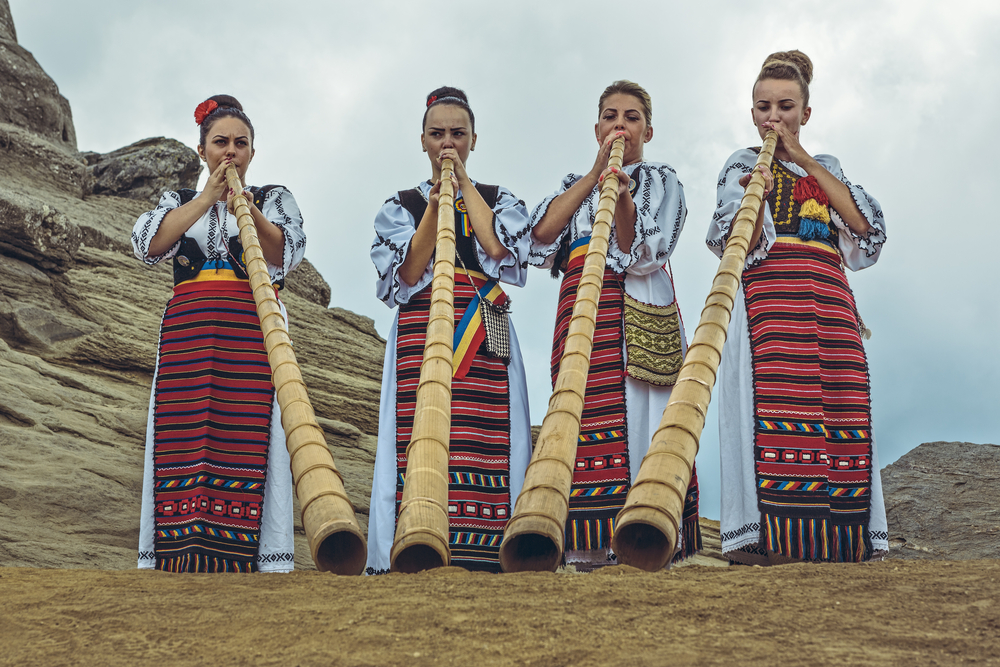Historical Legacy of Conquest and Identity
Romania, nestled in the heart of southeastern Europe, boasts a rich and complex history that stretches back over two millennia. The land once formed the core of ancient Dacia, conquered by the Roman Empire in AD 106. This conquest marked the genesis of Romania’s Latin linguistic and cultural identity unique in a region dominated by Slavic and other non-Romance influences.
Over centuries, the territory now known as Romania witnessed waves of invasions and foreign rule Ottoman, Austro-Hungarian, and Russian. In the 19th century, the principalities of Wallachia and Moldavia united in 1859, forming the basis of modern Romania. Full independence from Ottoman rule came in 1877, and the country was later recognized as the Kingdom of Romania.
After a tumultuous 20th century surviving two World Wars and enduring decades under Nicolae Ceaușescu’s brutal communist regime Romania overthrew communism in 1989 in a dramatic and bloody revolution. The country began transitioning toward democracy and market reforms, culminating in its accession to NATO in 2004 and the European Union in 2007.
Governance and Political Landscape
Today, Romania functions as a semi-presidential republic. The president is directly elected by the people and shares executive powers with the prime minister, who heads the government. The bicameral parliament, composed of the Senate and the Chamber of Deputies, legislates the country’s laws.
Recent years have seen a deepening of democratic institutions, although Romania continues to grapple with issues such as judicial independence and political corruption. However, repeated public protests and an active civil society signal a populace increasingly vigilant about democratic integrity.
Economy: Growth Amidst Challenges
Romania has emerged as one of the fastest-growing economies in the EU, propelled by a mix of foreign investment, industrial expansion, and a burgeoning tech sector. Major industries include automotive, IT services, agriculture, and textiles. Cities like Cluj-Napoca and Bucharest have become regional hubs for software development and innovation.
Yet economic disparity remains stark, particularly between rural and urban areas. Infrastructure development is ongoing, with the EU funding numerous modernization projects, especially in transportation and energy sectors. Inflation and labor shortages continue to be pressing concerns, but Romania’s strategic location and market potential offer long-term promise.
Culture: A Tapestry of Folklore and Innovation
Romanian culture is a vibrant blend of Latin, Balkan, Ottoman, and Slavic influences, resulting in a unique national identity. Its folklore, rich in myth and mysticism, is world-renowned exemplified by the global legend of Dracula, inspired by the real-life 15th-century Wallachian ruler Vlad Țepeș.
The country’s literary scene produced icons like Mihai Eminescu, considered Romania’s national poet, while in modern times, authors like Mircea Cărtărescu continue to gain international acclaim. Romanian music spans from traditional doina and hora to globally recognized classical composers such as George Enescu.
Romania is also a country of festivals, with cultural and music events like the George Enescu Festival and UNTOLD attracting international audiences. Orthodox Christianity plays a central role in cultural life, and traditional customs remain deeply rooted in rural areas.
Traditions and Way of Life
Despite rapid modernization, Romania’s rural heartlands preserve centuries-old customs and values. Hand-woven garments, wooden architecture, and Easter egg painting are still widely practiced, especially in regions like Maramureș and Bucovina. Folk dances, passed down through generations, continue to animate village celebrations.
Family and community remain pillars of Romanian society, where hospitality is more than a virtue, it is a way of life. Visitors are often welcomed with local specialties like sarmale (stuffed cabbage rolls), mămăligă (cornmeal porridge), and homemade țuică (plum brandy).
Looking Ahead
As Romania continues to navigate its path in the European and global arena, it stands as a testament to resilience, cultural wealth, and the power of transformation. With its youthful population, rich heritage, and strategic alliances, Romania is positioning itself not just as a historical bridge between East and West—but as a vital player in shaping Europe’s future.


